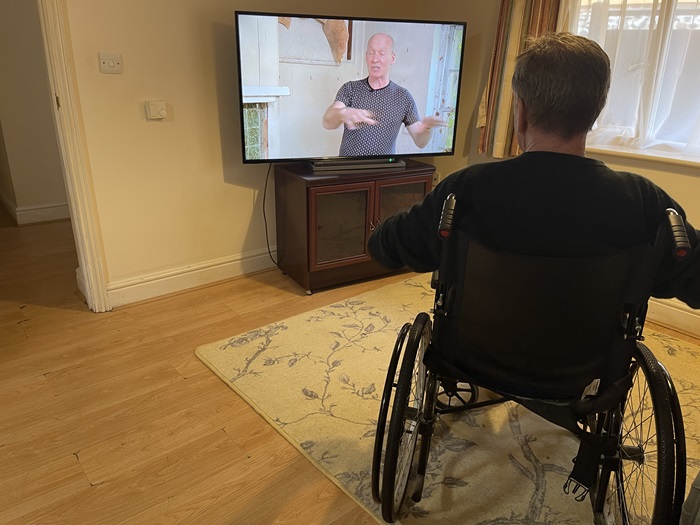How West Suffolk Council is helping people out of homelessness
05 Nov 2024

They hadn’t missed a payment on their rent, but still Jane and James and their three children were being made homeless.
“It was an awful time,” said Jane. “It put a lot of pressure on us as a family. We could feel ourselves drifting apart. We were on our knees.”
The family had been served a no-fault eviction by their landlady who wanted to sell the Bury St Edmunds home they’d been renting for eight years. Worse still, they found that private rents for similar houses had increased dramatically during that time and beyond what they could afford.
Their story illustrates the importance of West Suffolk Council’s Housing, Homelessness Reduction and Rough Sleeping Strategy, which Council will discuss on 19 November. Part of the strategy looks at the role of the council in trying to ensure more people can better afford a place to live. The strategy will also build on existing work to tackle homelessness.
Jane and James meanwhile were helped by the council’s housing service. They lived for seven months in temporary accommodation with a private sector landlord in Haverhill, while the council worked with them to help find them a suitable home they could afford.
“Then the council called and said, there’s a suitable house in Newmarket,” said Jane. “We just fell in love with it straight away. It's been the making of our family. We’ve had amazing help and support from the council every step of the way.”
They were one of 108 West Suffolk households in the past year who the council has helped out of homelessness into a settled permanent home of their own.
Another was Sarah.

Sarah’s story
Sarah only discovered her partner hadn’t been paying the rent when they received an eviction notice.
“We had been having a lot of problems for a long time. And then one night, he’d been to the pub, and I tried to end it with him. It didn’t go down too well. He accused me of cheating on him. He punched the headboard near me. I ran into the bathroom to get away and he kicked the door down. I had to run out of the house.”
Things got worse and the council placed her and her daughter into emergency accommodation, worked with her to clear her half of the rent arrears and helped her into a new home.
“I left with next to nothing, just five bags of stuff. It was the worst time of my life, but it was the support that got me through on those real dark days when I just didn’t think I could do it anymore.”
“I can never explain how amazing those ladies in the housing team are.”
“When you are scared of what’s going to happen and where you are going to be - they always had the time to talk to me and I think that means the world when you feel your whole life is falling apart,” she said.
The council’s emphasis is to try to prevent homelessness wherever possible. In the year to 1 October 2024, the council helped prevent 156 households from becoming homeless, a 44 per cent increase on the same period two years ago.
“The cost-of-living is among the pressures that has led to an increase in households needing our support,” said Cllr Richard O’Driscoll, West Suffolk’s Cabinet Member for Housing.
“We always try to prevent homelessness from happening wherever we can – but it isn’t always possible. That’s why we have continued to invest in more temporary accommodation. The housing strategy will look to build on this vital support, not least through our work with landlords through our West Suffolk Lettings Partnership.”
The council has been continuing to invest in temporary accommodation and on 1 October, the council had 80 households in temporary accommodation.
The council now manages 49 units of temporary accommodation with a mix of houses, flats and single rooms. It also has another 28 units specifically to support rough sleepers and also uses 36 units of temporary accommodation managed by housing associations, as well as emergency bed and breakfast accommodation.

Peter’s story
Peter had to give up his work and his privately rented home after diabetes and other health complications meant he had to have part of his right leg amputated.
After a stay in temporary accommodation, the housing service helped Peter find a wheelchair accessible flat in Bury St Edmunds.
“It has everything that I need to have the best quality of life and independence. I have nothing but praise for the people that helped me,” he said.
The council’s draft local plan is looking to ensure more homes can be better adapted to people’s needs as their health changes, while the council’s housing strategy will continue the council’s successful delivery of Disabled Facilities Grants, supporting residents in their own home and reducing demand on hospital and social care beds.
If you know someone at risk of homelessness please refer them to our website which also includes contact information.
You can hear more on these stories on YouTube:
Posted in categories: press release, news
